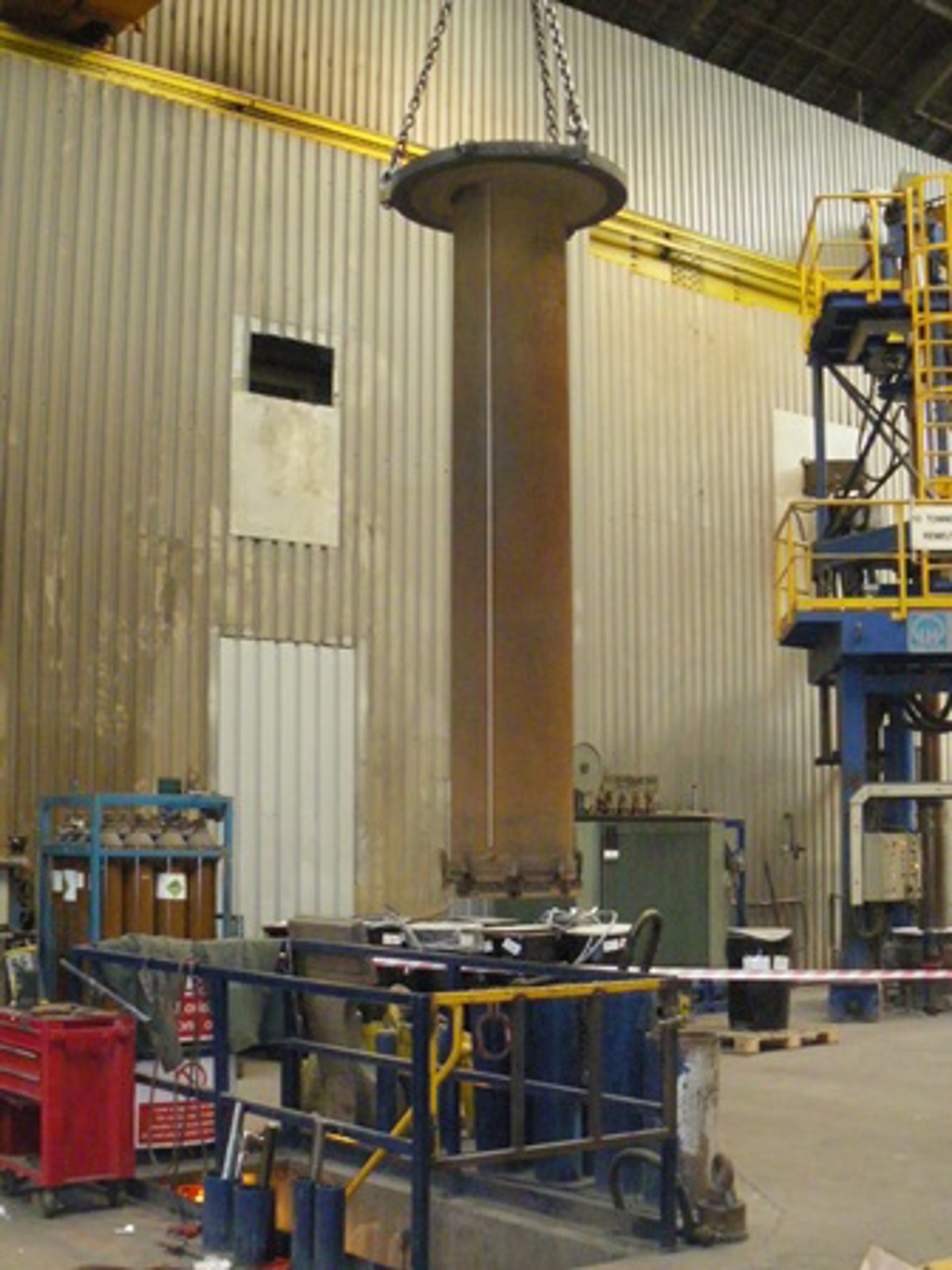Worker killed when struck by a load on a moving crane
- Safety Flash
- Published on 15 January 2016
- Generated on 19 December 2025
- IMCA SF 02/16
- 1 minute read
Jump to:
The UK Health & Safety Executive (HSE) has published the following information regarding an incident where a worker was killed when he was struck on the head by a load on a moving crane.
What happened?
The incident occurred in a foundry when the worker was helping move a crucible from a re-melt furnace. The crucible had been lifted using an overhead crane and moved approximately 10m to where the worker loosened the bolts around the crucible. The crane operator waited for acknowledgment to proceed and lifted the load around 60cm higher before continuing movement. The crane operator saw the worker in the path of the load and shouted a warning while stopping the movement of the crane. The crane stopped but the load swung forward hitting the person on the right side of the head, causing fatal injuries.

This image (UK HSE) shows a similar load
An investigation revealed the following:
- The company had held no review of risk assessments and safe systems of work for a number of years.
- Crane operators had received no refresher training for years.
- Training for new employees was not adequate.
Related Safety Flashes
-
IMCA SF 19/14
18 December 2014
IMCA Safety Flashes summarise key safety matters and incidents, allowing lessons to be more easily learnt for the benefit of the entire offshore industry.
The effectiveness of the IMCA Safety Flash system depends on the industry sharing information and so avoiding repeat incidents. Incidents are classified according to IOGP's Life Saving Rules.
All information is anonymised or sanitised, as appropriate, and warnings for graphic content included where possible.
IMCA makes every effort to ensure both the accuracy and reliability of the information shared, but is not be liable for any guidance and/or recommendation and/or statement herein contained.
The information contained in this document does not fulfil or replace any individual's or Member's legal, regulatory or other duties or obligations in respect of their operations. Individuals and Members remain solely responsible for the safe, lawful and proper conduct of their operations.
Share your safety incidents with IMCA online. Sign-up to receive Safety Flashes straight to your email.